From Chornobyl to Oppenheimer – Rewriting the Past.
As some of you know, I’m a total history nerd. Give me a historical novel, a period drama, or even a wildly inaccurate but entertaining historical movie, and I’m all in.
I used to think this obsession was just a family quirk—something ingrained in me after years of dinner-table debates with my dad, the history professor. Following in his footsteps, I got my own degree in history and archaeology, but I never expected my love for the past to be something others found just as exciting.
Yet, here we are—living in a golden age of historical storytelling where books and movies are bringing history to life like never before!
Storytellers today are diving into real-world events, reframing them in new ways, and drawing powerful connections between past and present. Whether it’s a fresh take on a well-known historical moment, a gut-wrenching allegory, or a complete reimagining of history itself, these narratives do more than just entertain—they make us reflect on who we are and how we got here.
7 Powerful Shifts in How We Tell Historical Stories.
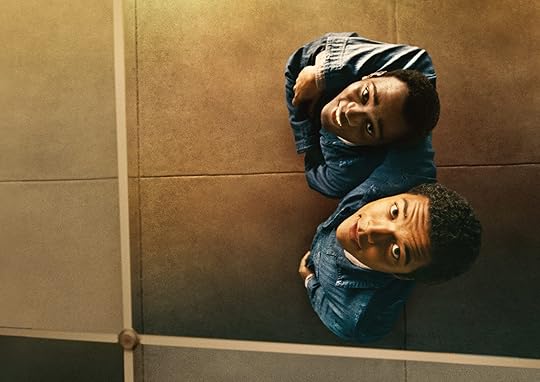
#1 – Reframing the Past for a New Generation.
Ever notice how some stories take historical events and flip them on their heads, offering fresh perspectives that challenge the “official” version of history?
This approach doesn’t just make history more accessible—it forces us to re-evaluate what we thought we knew.
Take The Color Purple (2023), directed by Blitz Bazawule. This adaptation builds on Alice Walker’s novel and the 1985 film but recontextualizes the story with modern sensibilities. Set in the early 20th-century American South, it highlights ongoing conversations about racial injustice, gender roles, and the legacy of slavery—reminding us that history isn’t just something in textbooks.
Or look at The Nickel Boys (2019) by Colson Whitehead. Inspired by the real horrors of the Dozier School for Boys, this Pulitzer Prize-winning novel fictionalizes historical injustices to expose systemic racism. It’s a bridge between past and present, proving that history’s shadows still linger today.
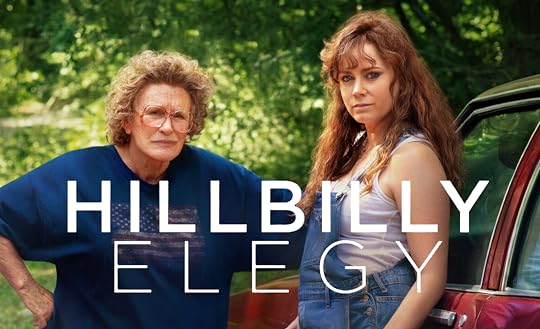 #2 – Historical Trauma as Contemporary Allegory.
#2 – Historical Trauma as Contemporary Allegory.
Not all historical narratives are straightforward retellings. Some stories don’t explicitly retell history but use historical trauma as a backdrop to explore universal themes of survival, resistance, and identity.
These allegories provide an emotional and psychological lens through which audiences can process historical injustices and their lingering consequences.
By drawing connections between past and present, these narratives offer a way to examine trauma’s enduring effects across generations, making history feel deeply personal and relevant to contemporary audiences.
Take Hillbilly Elegy (2020). While primarily a memoir, it touches on the economic struggles of Appalachian communities, reflecting historical patterns of industrial decline, economic disparity, and the opioid crisis.
Then there’s Parasite (2019), which—though not a history lesson per se—brilliantly critiques South Korea’s wealth inequality, a problem rooted in decades of economic transformation. The message? Economic struggles transcend borders and time periods.
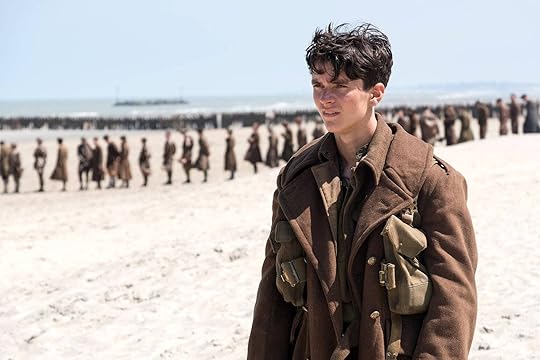
#3 – War, Politics, and the Personal Cost of History.
War and political struggles are frequent subjects in contemporary storytelling, often reexamined with new insights or from perspectives that were historically overlooked.
These narratives highlight the personal cost of war, the ethical dilemmas faced by those involved, and the long-term consequences of political decisions.
By humanizing historical conflicts, these stories challenge simplistic hero-versus-villain narratives and encourage a more nuanced understanding of the complexities of war and political upheaval. They also allow for a reassessment of historical events in light of modern values, making history more relevant and engaging for contemporary audiences
Christopher Nolan’s Dunkirk (2017) ditches traditional war-movie tropes, instead using minimal dialogue and an intense, fragmented structure to make audiences feel the raw, immediate chaos of World War II.
Jennifer Kent’s The Nightingale (2018) (not to be confused with Kristin Hannah’s book) takes us to 19th-century Australia, where British colonialism’s violent legacy plays out through one woman’s brutal journey for justice. The film doesn’t shy away from issues of race, gender, and oppression—linking historical atrocities to today’s discussions about justice and reparations.
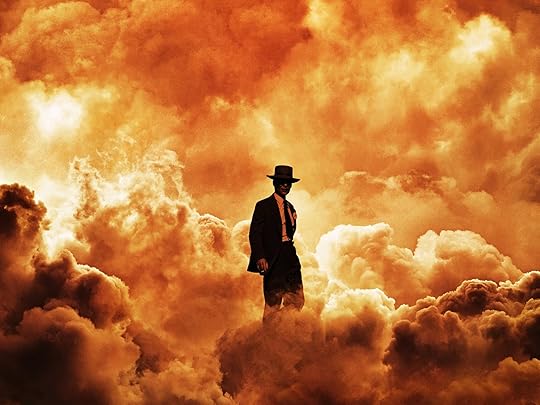 #4 – Historical Figures, Reimagined.
#4 – Historical Figures, Reimagined.
We’ve seen plenty of biopics, but modern storytelling is moving beyond simple hero worship.
Many recent films and books have sought to explore historical figures from new angles, often humanizing them or presenting lesser-known aspects of their lives.
These narratives allow contemporary audiences to connect with historical figures in a more personal and relatable way, showing their internal struggles, contradictions, and moral dilemmas.
By moving beyond traditional hagiographies, these stories challenge idealized portrayals and reveal the complexities of figures who shaped history, making them feel more relevant and accessible to modern viewers.
Take Oppenheimer (2023), another Christopher Nolan masterpiece. Instead of just showing J. Robert Oppenheimer as “the father of the atomic bomb,” the film delves into his internal conflicts and the haunting consequences of his work. In an age of nuclear anxieties, his story hits close to home.
Or consider Hidden Figures (2016), which brought long-overlooked Black women mathematicians at NASA into the spotlight. By shifting the focus away from the usual white male protagonists, the film rewrote history in a way that felt fresh, necessary, and long overdue.
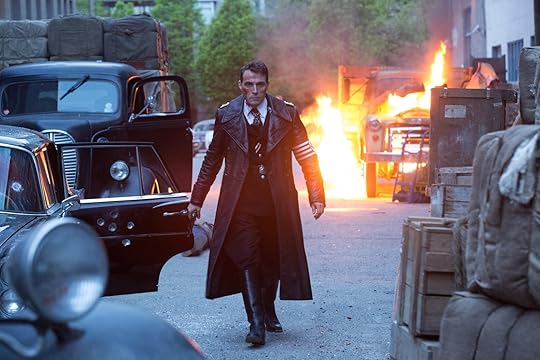
#5 – What If History Took a Detour? (Alternative Histories & Speculative Fiction).
What if the past didn’t happen the way we think?
Some of the most compelling stories come from playing the ultimate game of “what if.”
These type of storytellers engage with history by reimagining it, offering alternative outcomes that challenge our understanding of historical truth.
These speculative narratives allow for creative explorations of “what if” scenarios, examining the ripple effects of small changes in history.
By blending reality with fiction, these stories push audiences to reflect on how history is constructed and the forces that shape it. They also serve as a critique of real-world power dynamics, illustrating how different choices might have led to dramatically different futures.
Amazon’s The Man in the High Castle (2015-2019), based on Philip K. Dick’s novel, imagines a world where the Axis Powers won World War II. It’s a chilling look at how fragile democracy can be and a reminder that history is shaped by choices.
Apple TV’s For All Mankind (2019–present) explores an alternate history where the Soviet Union beat the United States to the Moon, sparking an extended space race. By shifting this pivotal moment, the series reimagines technological progress, gender roles, and global politics in a way that challenges our assumptions about historical inevitability. This speculative retelling highlights how single events can alter history’s trajectory, showing us how different our world might be with just a few key changes.
#6 – Social Movements and Their Place in Storytelling.
Contemporary storytelling often draws inspiration from recent social movements, reflecting their historical roots and impact on modern society.
These narratives document historical struggles and serve as a call to action for contemporary audiences.
By dramatizing personal and collective struggles, they provide a deeper understanding of activists’ motivations and challenges. They also highlight the ongoing relevance of past movements, illustrating how history informs today’s fight for justice.
Take Judas and the Black Messiah (2021), which tells the story of Fred Hampton and the Black Panther Party while drawing parallels to modern-day activism. It forces us to confront how past fights for justice still echo in today’s world.
Or Women Talking (2022), based on Miriam Toews’ novel. Inspired by real events, this film explores a group of Mennonite women deciding whether to leave their abusive community. It’s a historical story that resonates strongly with the #MeToo movement, proving that history isn’t just something behind us—it’s something we’re still living through.
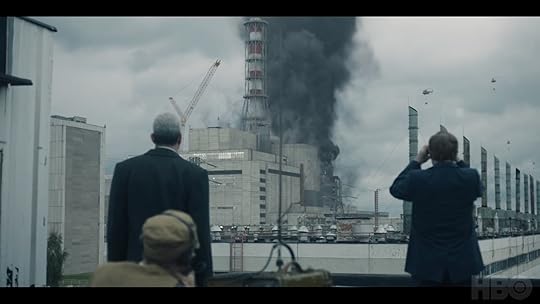 #7 – Technology’s Role in Shaping History.
#7 – Technology’s Role in Shaping History.
Technology doesn’t just shape the present; it has the power to redefine how we understand the past.
Several recent works have explored how technological advancements have shaped historical narratives and continue to influence society today.
HBO’s Chernobyl (2019) dramatizes the infamous nuclear disaster, turning a historical event into a terrifying cautionary tale about governmental failures and misinformation. The series exposes how technology, when mishandled or used irresponsibly, can have devastating consequences. It also highlights how censorship and the suppression of truth can shape public perception, altering the way history is recorded and remembered.
Meanwhile, The Social Dilemma (2020) examines the history of social media and its impact on society, showing how modern technology is rewriting history in real time. The rapid rise of artificial intelligence, deepfake technology, and digital misinformation adds another layer to historical narratives, making it harder than ever to distinguish fact from fiction.
The way we consume history today is increasingly shaped by algorithms, influencing what stories get told and whose voices are amplified. As seen in recent events, social media can shape public opinion, influence elections, and even spark social movements, proving that digital platforms are not just passive tools but active participants in historical change.
In Conclusion – History isn’t just something that happened—it’s something that keeps happening.
Whether through direct retellings, allegories, or wild reimaginings, today’s books and films ensure that history remains relevant, engaging, and, most importantly, unforgettable. As long as we keep telling stories, history will always have a place in them—challenging us, teaching us, and reminding us of the lessons we should never forget.
Now it’s YOUR turn – Which historical film, book, or TV show has had the biggest impact on how you see the past?
Would love to get your input in the comment box below.
The post From Chornobyl to Oppenheimer – Rewriting the Past. appeared first on Vered Neta.



